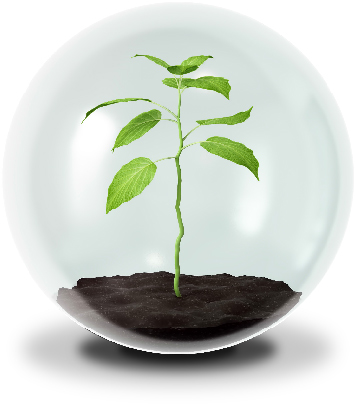Why Recycling?
Glass constitutes roughly 10% of municipal waste. Container glass makes the largest share of the glass waste. It is estimated that a statistical inhabitant of Poland produces 25kg of glass waste yearly. A prevalent amount of glass waste is recyclable.
Glass recycling is one of the most advanced recycling type in Europe. The most important reason for glass recycling is environmental protection. Today, when so much attention is paid to reducing the amount of CO2 emission to the atmosphere, a reduction of emission of this gas can be achieved by an increased participation of cullet usage in glass furnace batches.
Even its smallest addition greatly reduces the power demand of the process which results in reduced emission of hazardous glass to the atmosphere. In addition, using cullet, reduces the demand for raw materials which reduces the volume of waste produced in the process and slows down the environmental degradation.
This is why selective collection of waste should not only be an obligation put on us by the government but also a habit that can guarantee better life conditions for us and future generations.

Ekologia
Ochrona środowiska naturalnego to najważniejszy aspekt działalności DSS Recykling.
Jakość
Poziom świadczonych przez nas usług i wprowadzone normy potwierdzają liczne certyfikaty jakości.
Bezpieczeństwo
Prezentujemy wyniki badań, raportów i analiz. Przestrzegamy najsurowszych norm.



